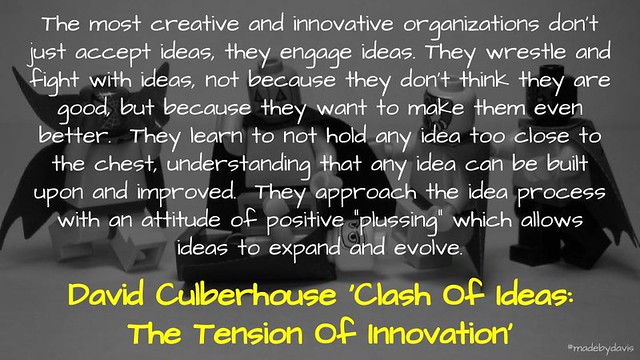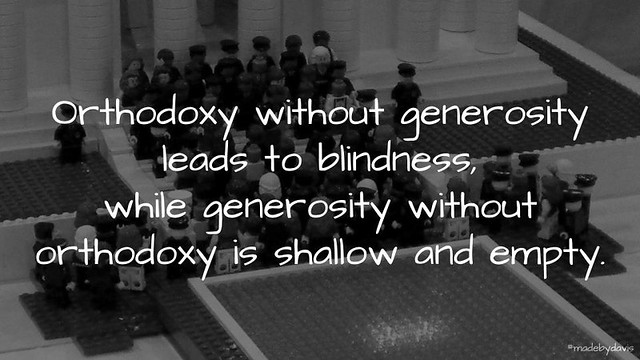
There have been a few posts of late highlighting that technology in the classroom can make a positive difference. For example, Simon Crook states:
If teachers and students use technologies to capitalise on the unique opportunities they provide, rather than as a gimmick, it has been demonstrated that teaching and learning will improve.
Common to all four of these teachers was a deep fascination with technology. They did not use it for all learning, but most of the time over the school week. Their approaches varied, but they ended up in the same place: engaged classrooms where students are empowered and given a voice to take control of their own learning. Teachers stepped out of the way.
While Jose Picardo explains that,
Using technology well to support teaching and learning is a feature of great teachers, yet there appears to exist the commonly held notion that digital technology and teaching are mutually incompatible.
The challenge seems to be about getting technology in the hands of the right teacher, those ‘great’ teachers who confidently capitalise on the potential of technology. This raises the question, should our focus be on the right teacher or in developing the right teacher?
It can be easy to argue that sometimes a certain teacher is not the right fit for a particular school. Maybe they have pedagogical beliefs that are in competition to the wider organisation or they seen to hold certain values that may not fit the particular status quo. Associated with this perspective, it is often claimed that there is no point ‘watering the rocks’. The solution for such a situation is to get another teacher. This time, the ‘right’ one.
The problem with picking the right teacher is that there is no definitive means of finding such a person. This right teacher implies that we are fixed in everything that we do and think. In addition to this, the ‘right’ teacher for today, may not be the ‘right’ teacher for tomorrow. Another alternative is to provide the conditions for the right teacher to develop and grow.
Focusing on the right conditions has its own challenges, the greatest being time and commitment. See this post from Paul Browning for some insight. The problem with implementing any technology, or pedagogical practice for that matter, is that they cannot simply be taken off the shelf and placed into a school, let alone a classroom. This is my concern about arguments around ‘best practice’. Too often they are picked up and placed in schools as panaceas, yet I have seen schools spend years forcing teachers to fall in line. When it comes to technology, the answer is often SAMR, with the question being why every teacher is not ‘redefining’ their practice, when ironically the idea of redefinition is continually changing.
The challenge seems to be to develop systems that begin with context, starting with the learners in mind. One way to do this is using something like the Modern Learning Canvas to create a picture of practice, which then starts a conversation that provides the means for teachers to take control of their on craft. This captures some of the complexity involved in the educational assemblages, where difference is celebrated and ideas are engaged with to make them better.
Claire Amos recently wondered whether schools have failed to show enough empathy in starting where the learners are. While in a post on innovation, Katie Martin suggests that schools that show the most movement are those that work around common goals and involve sharing strengths and weaknesses. Zachary Herrmann argues that if students are to flourish then it needs to start first with teachers flourishing first. Although this flourishing is often bottom-up, it is often made more possible when given the right conditions, a point made by Cameron Malcher in regards to the often unrecognised acts of leadership.
So what about you? How do you go about developing pedagogical practice? Are there teachers who just have it or are there things done that allow teachers to develop? As always, comments welcome.
If you enjoy what you read here, feel free to sign up for my monthly newsletter to catch up on all things learning, edtech and storytelling.







